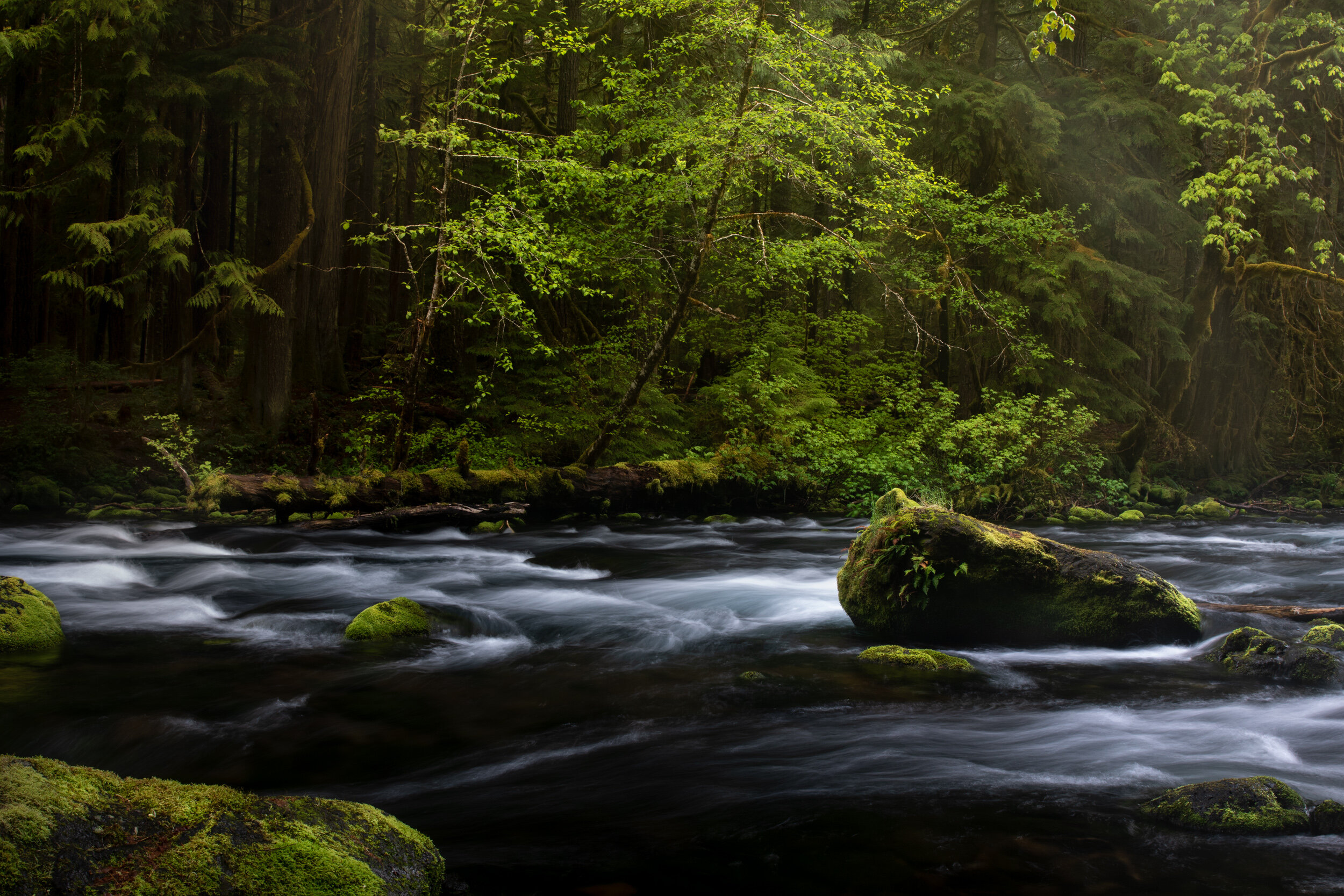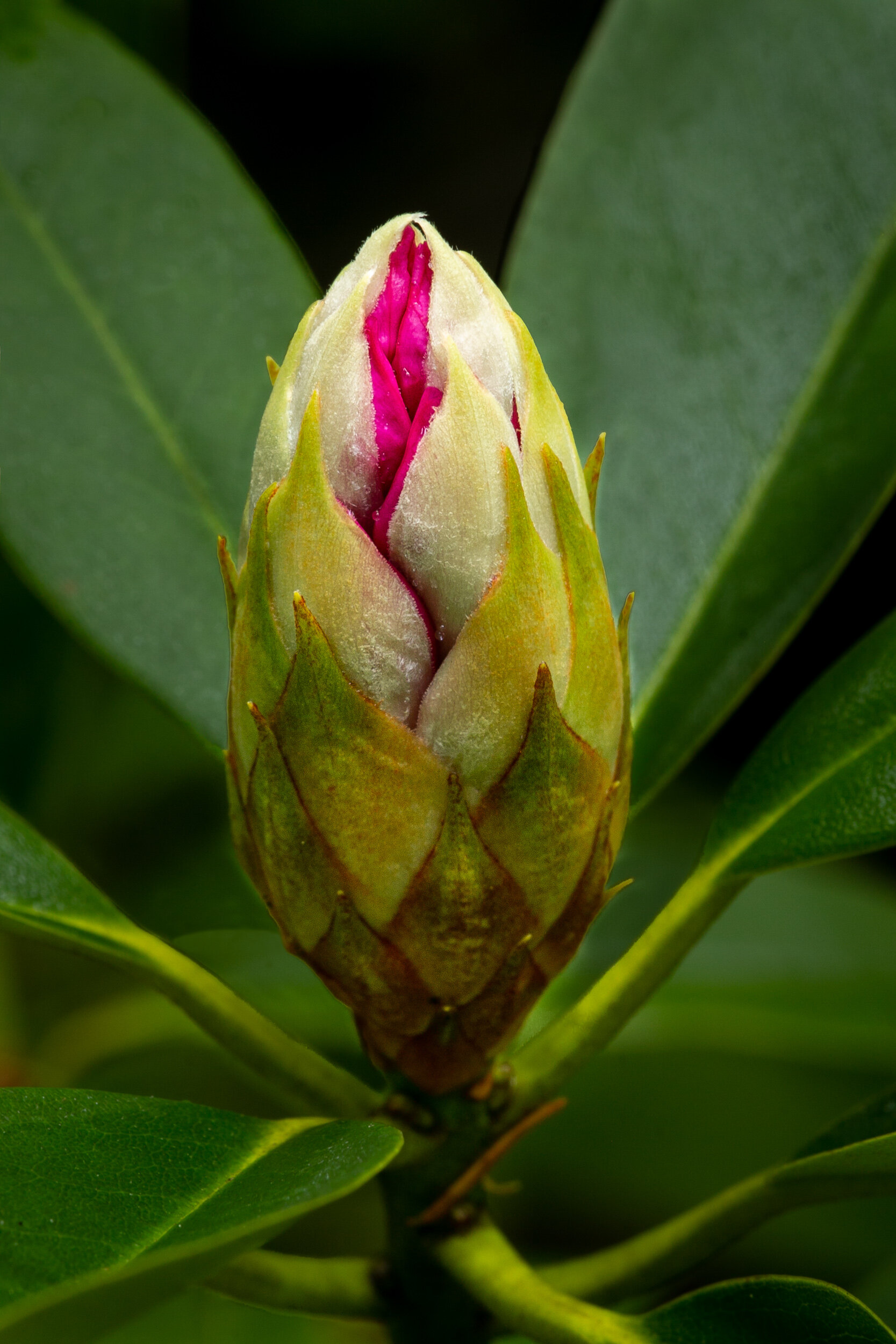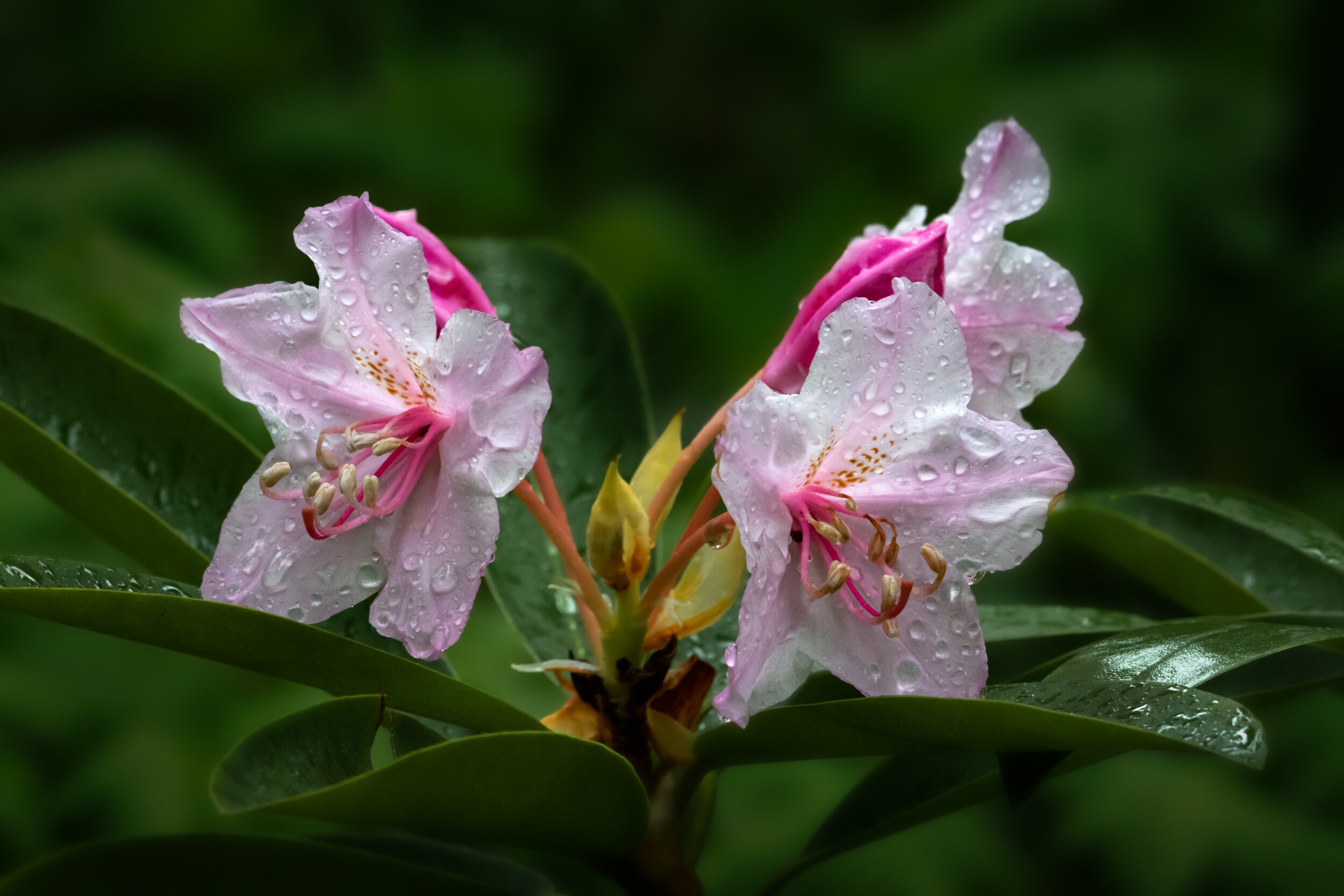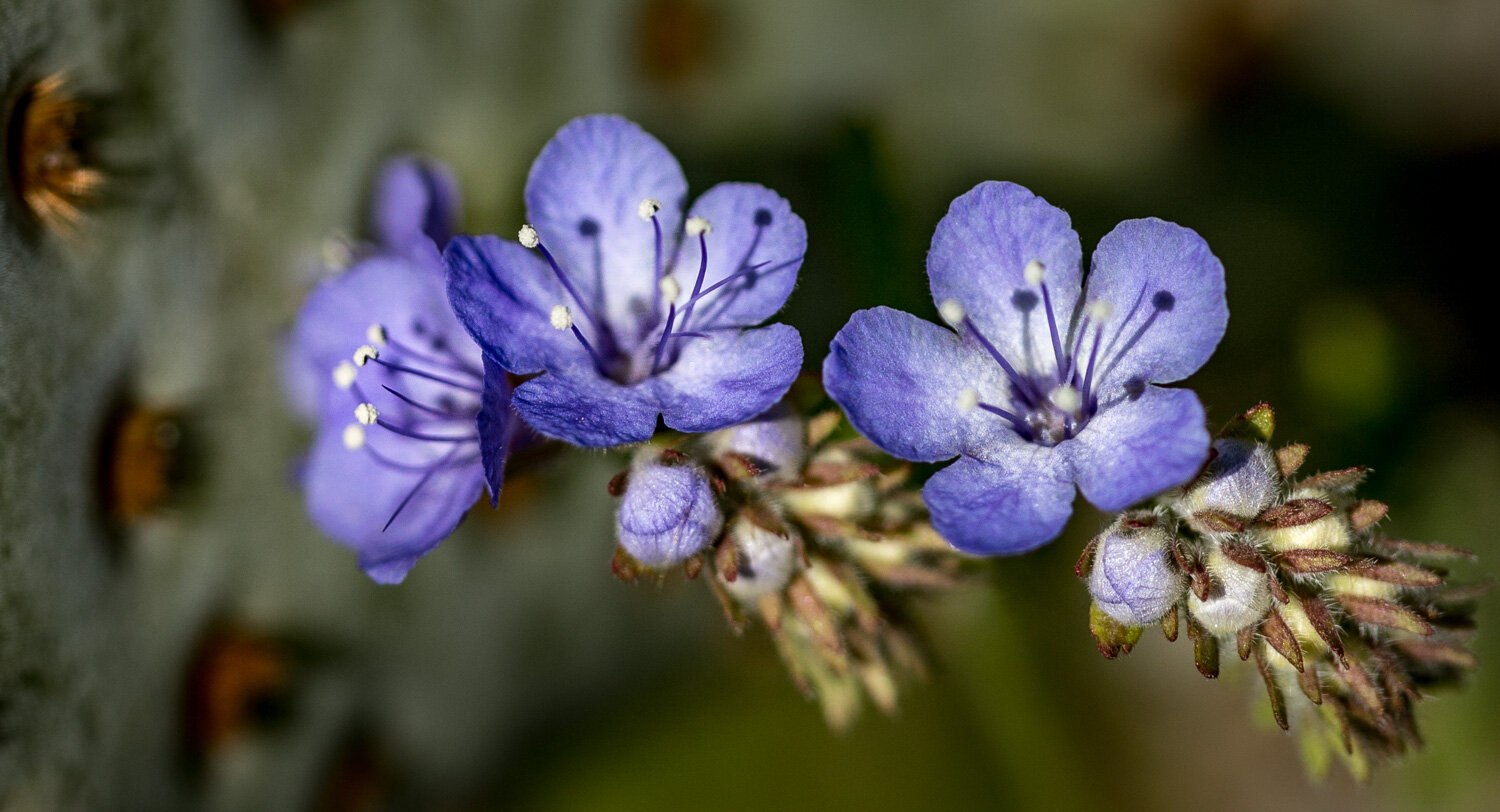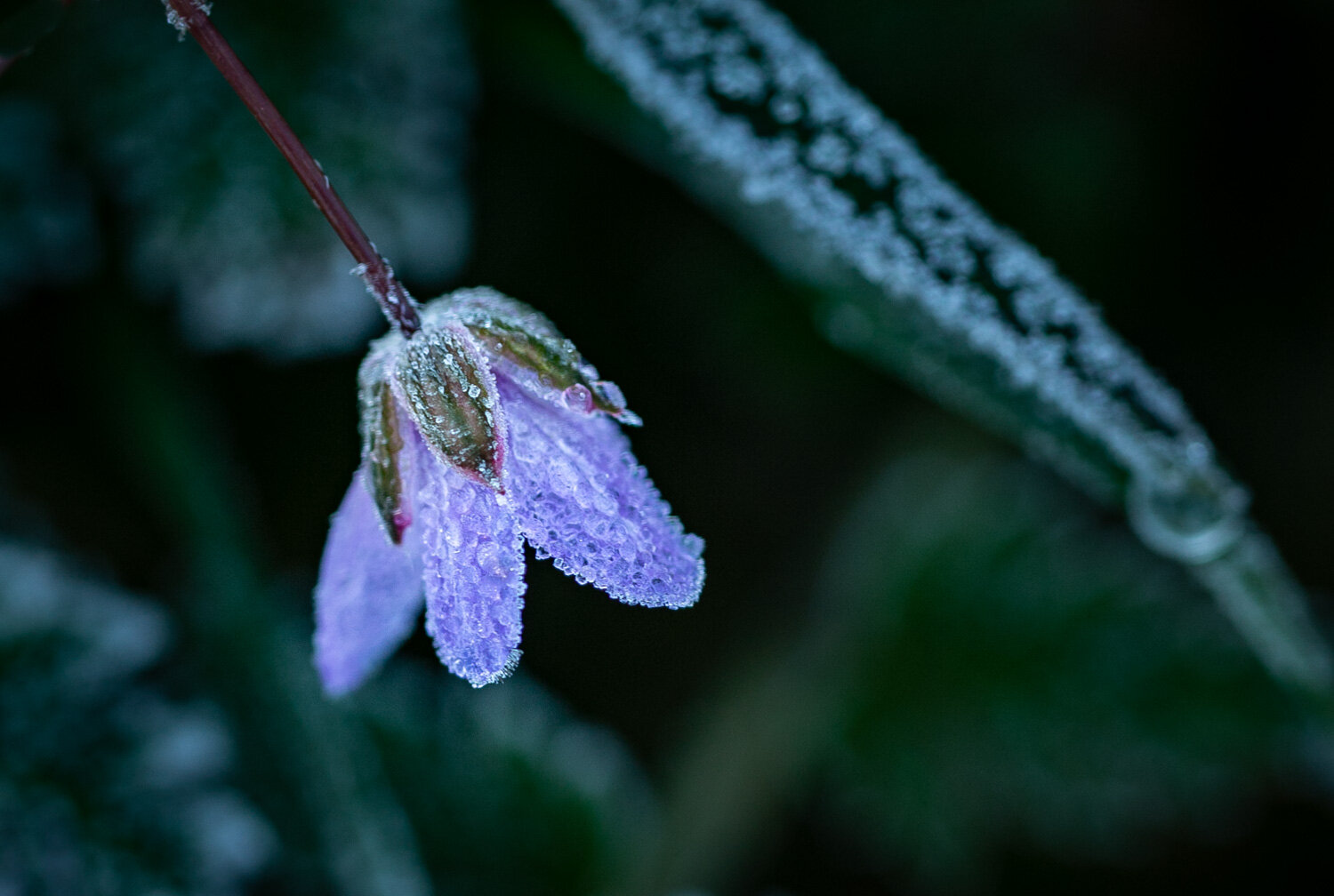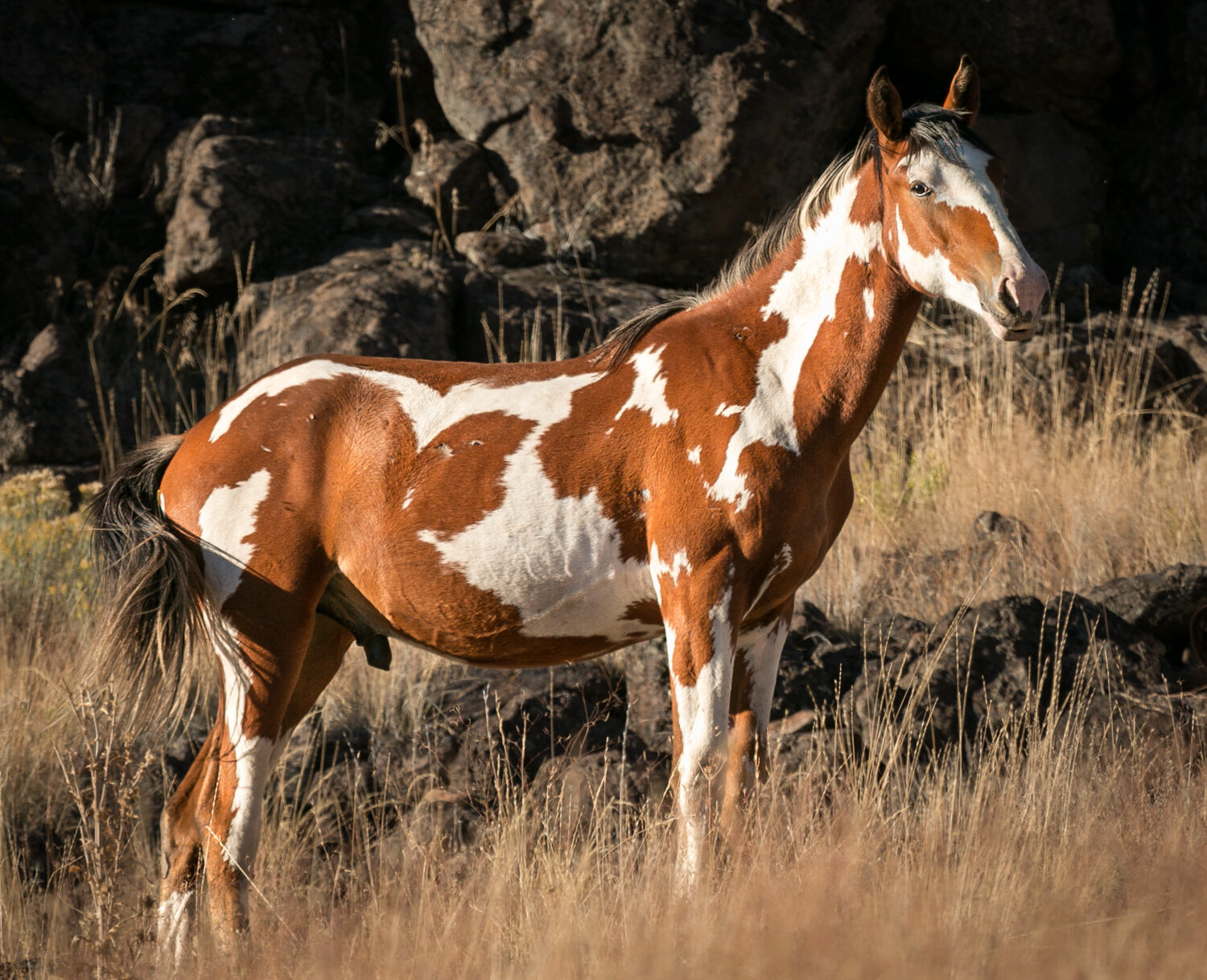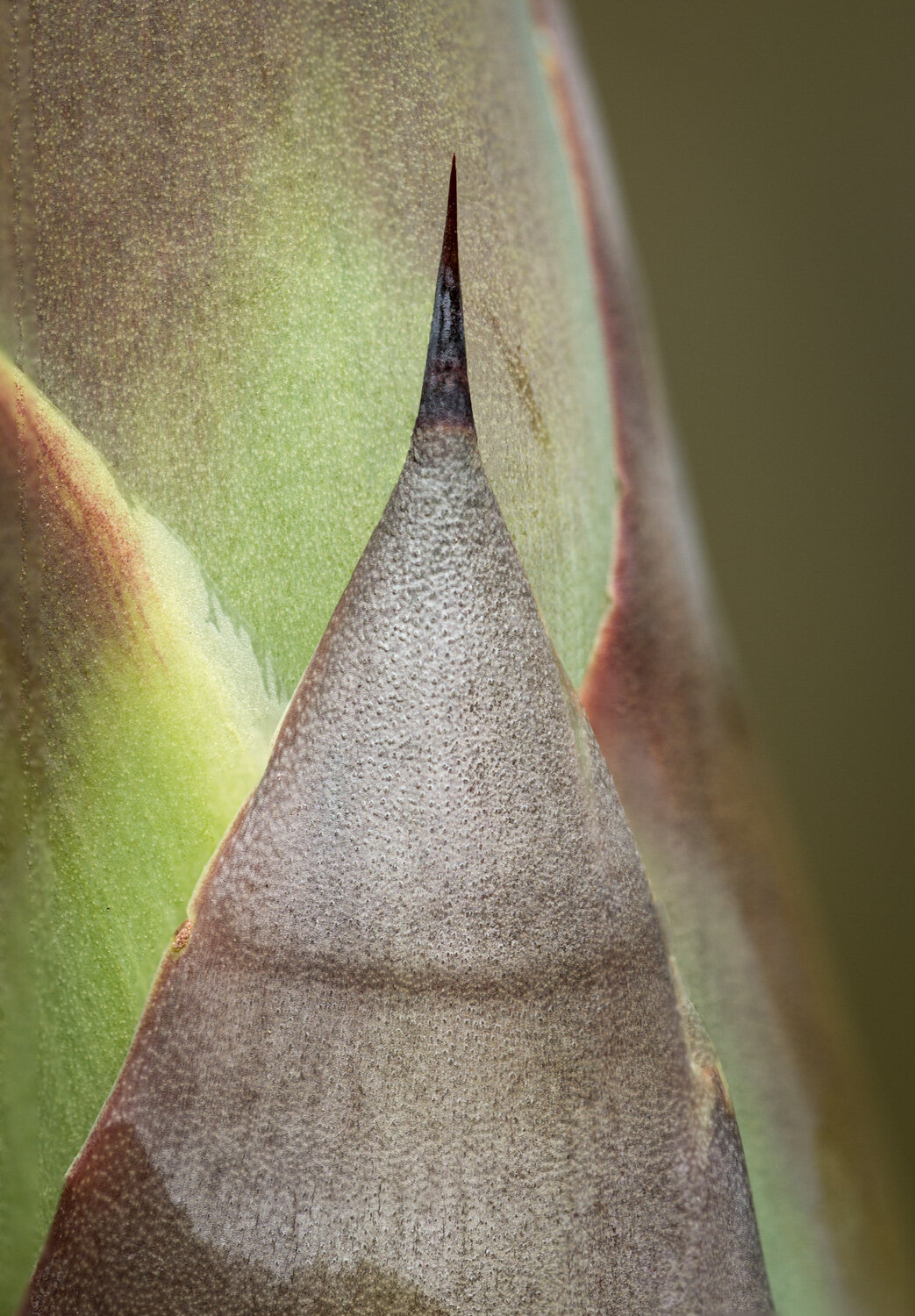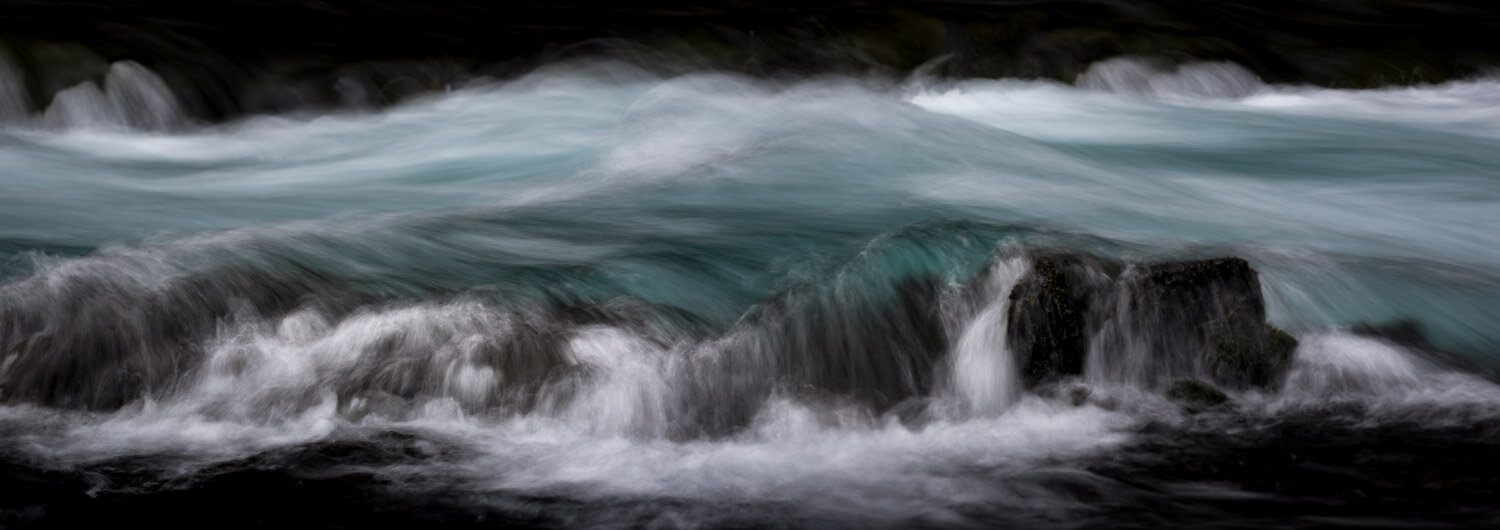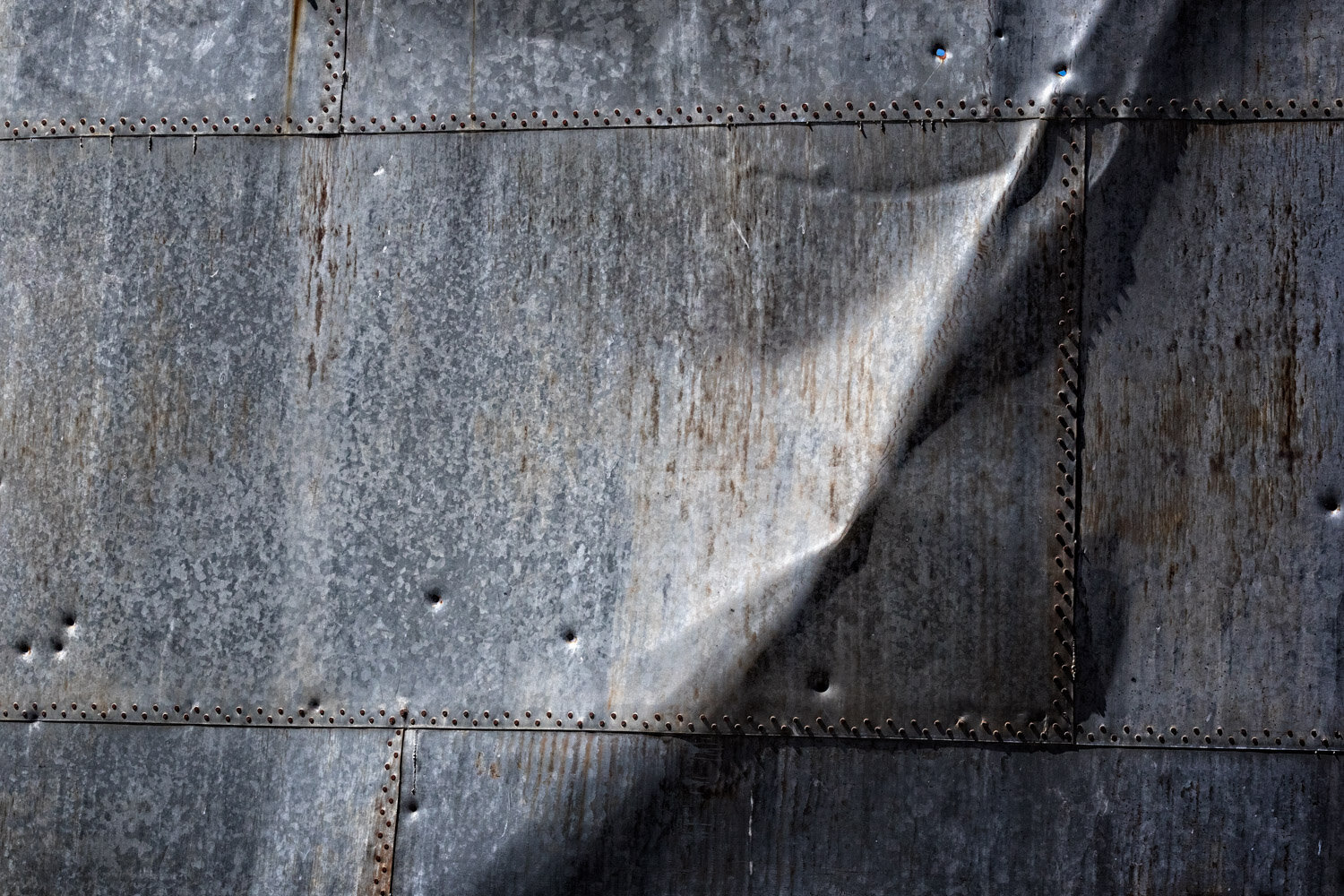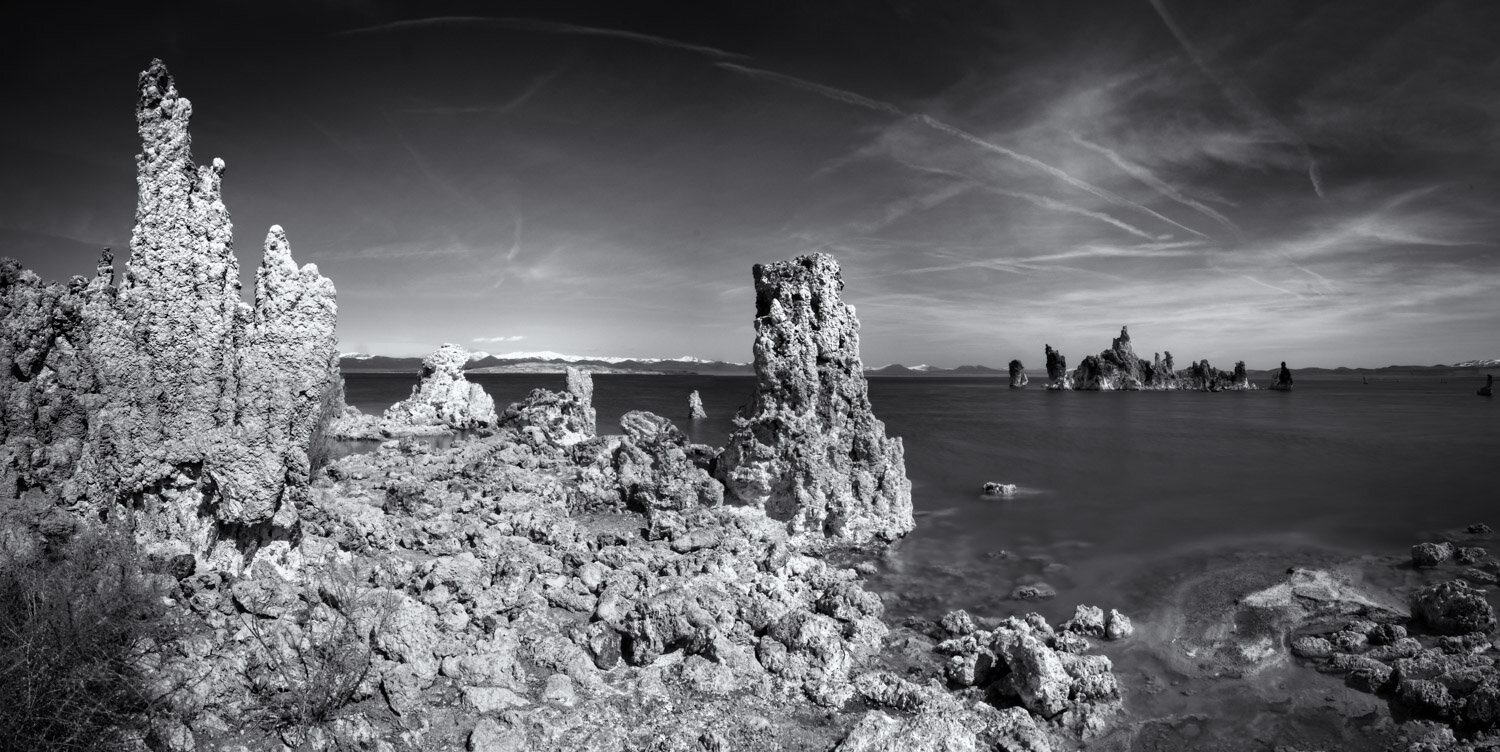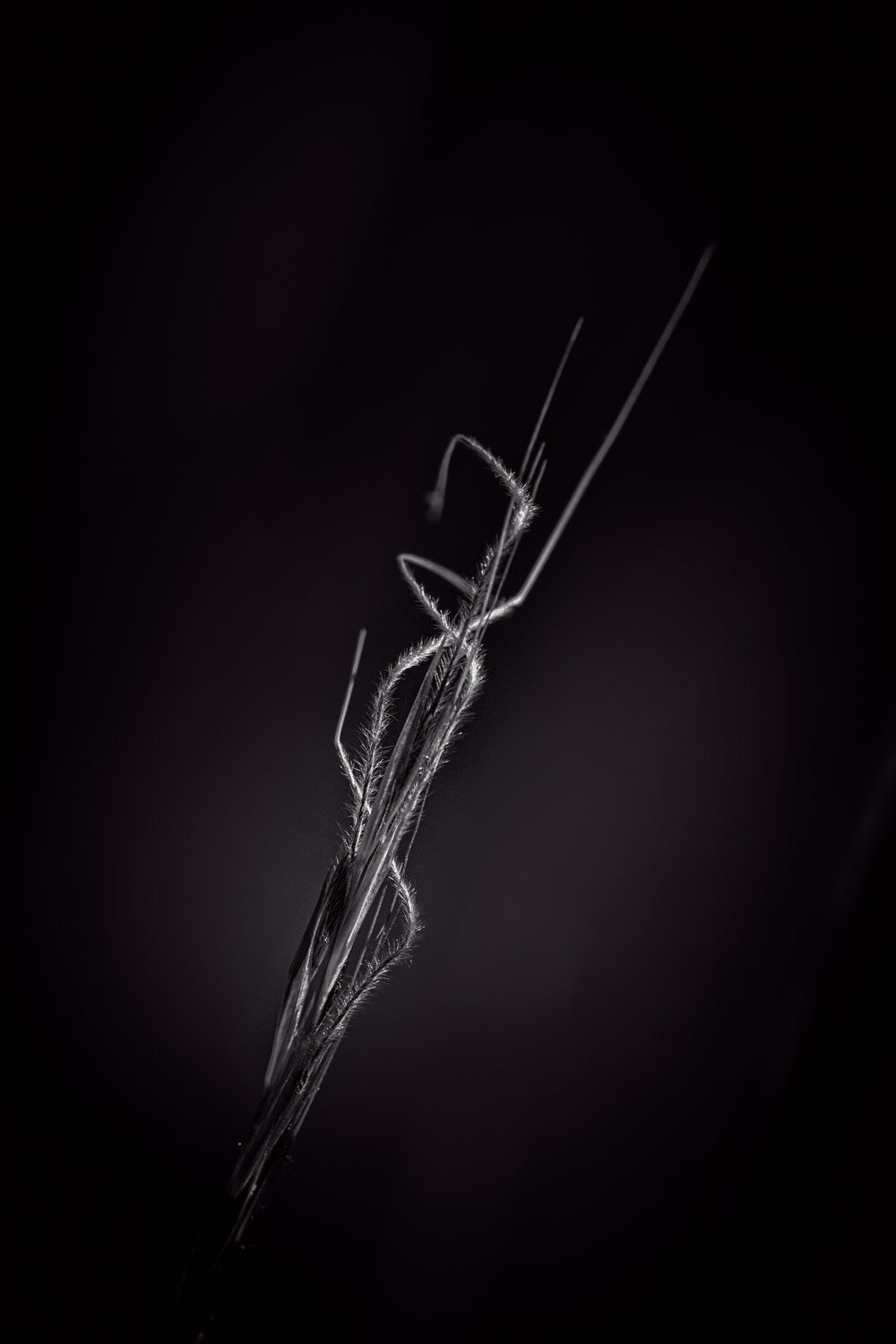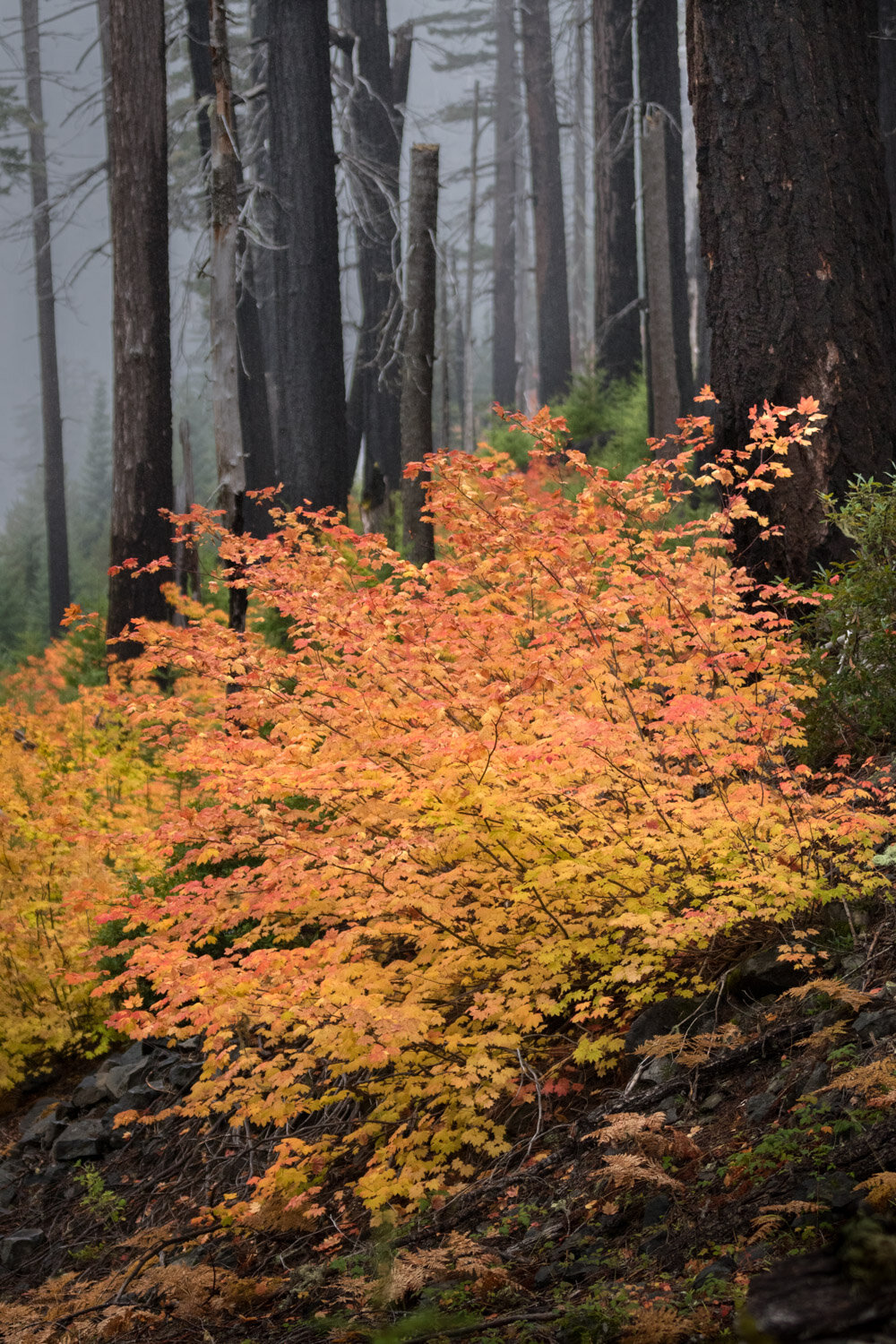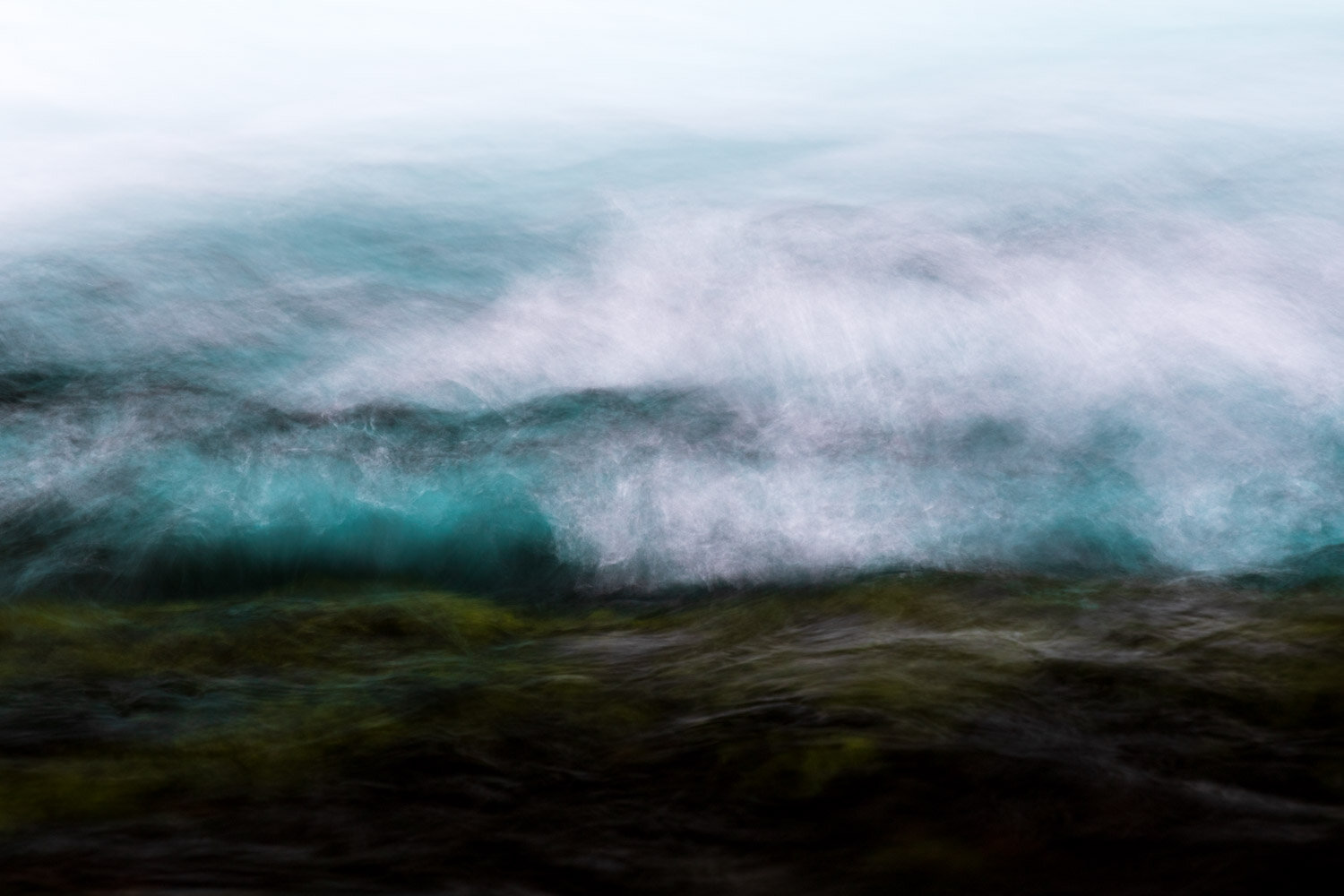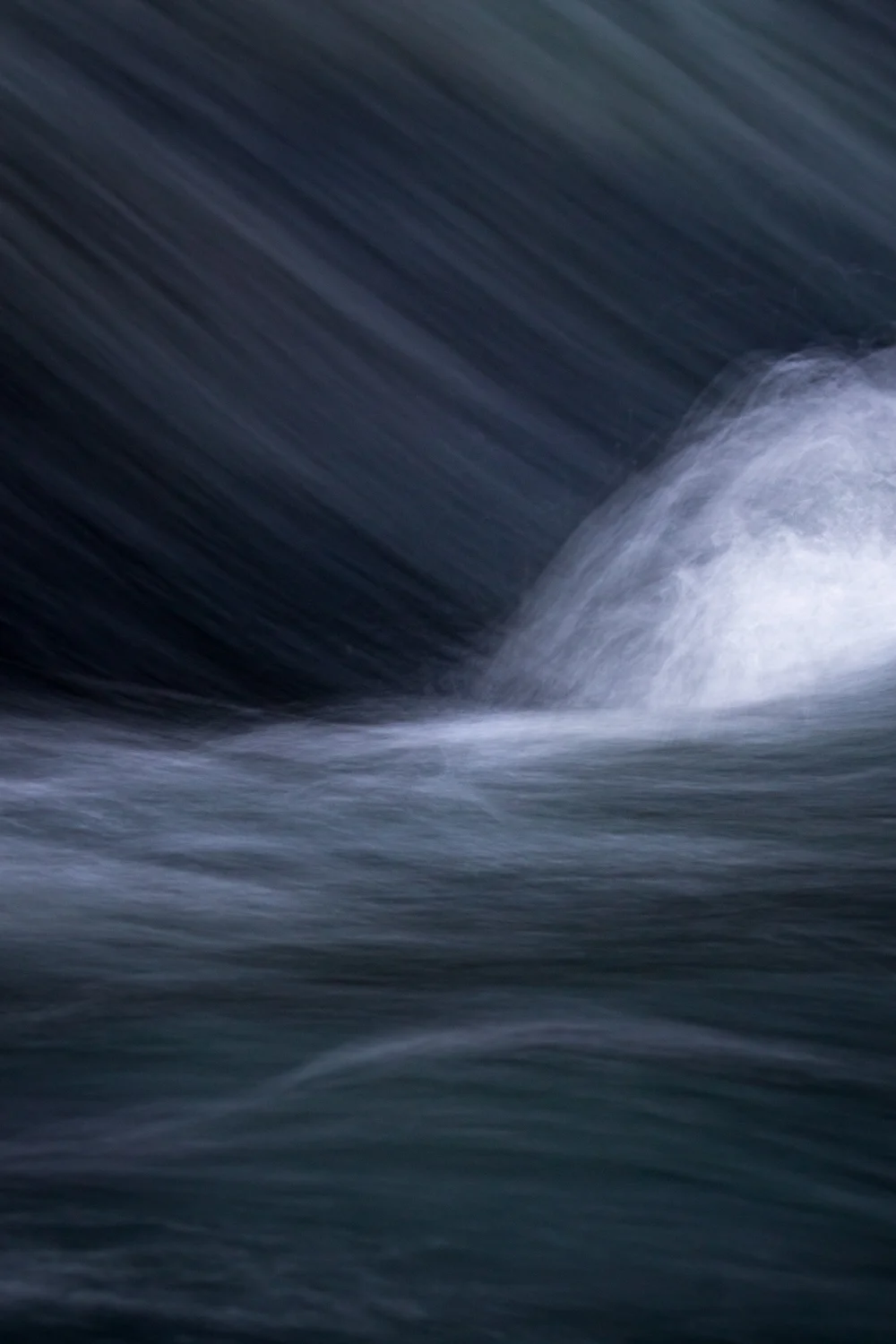Wave of the Wizard
I wanted to publicly thank Brooks Jensen and Maureen Gallagher for choosing the above image for inclusion in their book: Our Magnificent Planet 2020; Single-Image Celebrations from LensWork Readers. I am honored to have this image be one of the fine works in this book. Unfortunately this will be a posthumous thank you to Maureen who recently passed away after succumbing to cancer. My condolences go to her partner Brooks. I am sure it was incredibly difficult to complete this book while Maureen was in the last stages of her illness. Although I will never have a chance to thank Maureen personally, I hope to someday be able to thank Brooks in person. Again, humbly, thank you.
Boyd

























